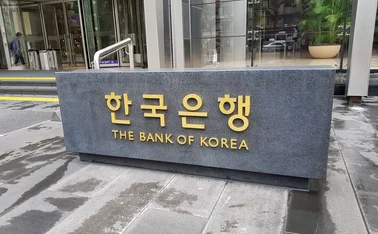
The Euro 50 Group Roundtable: Challenges of accession: Estonia
After regaining its independence, Estonia started the transition from a planned to a market economy in quite an unfavourable position. The enormous structural rigidities of the Soviet economy, compared to the somewhat more liberal regimes of Poland and Hungary, were notable. This necessitated deeper initial restructuring and arguably greater social adjustment, than in many other transition economies. Statistically, this is captured by official growth data of the early 1990s (Figure 1). In
Only users who have a paid subscription or are part of a corporate subscription are able to print or copy content.
To access these options, along with all other subscription benefits, please contact info@centralbanking.com or view our subscription options here: http://subscriptions.centralbanking.com/subscribe
You are currently unable to print this content. Please contact info@centralbanking.com to find out more.
You are currently unable to copy this content. Please contact info@centralbanking.com to find out more.
Copyright Infopro Digital Limited. All rights reserved.
As outlined in our terms and conditions, https://www.infopro-digital.com/terms-and-conditions/subscriptions/ (point 2.4), printing is limited to a single copy.
If you would like to purchase additional rights please email info@centralbanking.com
Copyright Infopro Digital Limited. All rights reserved.
You may share this content using our article tools. As outlined in our terms and conditions, https://www.infopro-digital.com/terms-and-conditions/subscriptions/ (clause 2.4), an Authorised User may only make one copy of the materials for their own personal use. You must also comply with the restrictions in clause 2.5.
If you would like to purchase additional rights please email info@centralbanking.com







